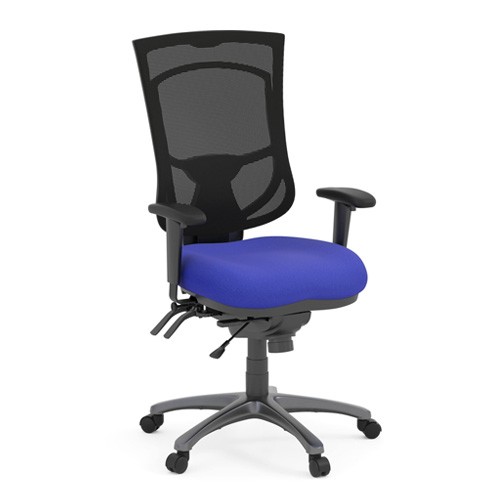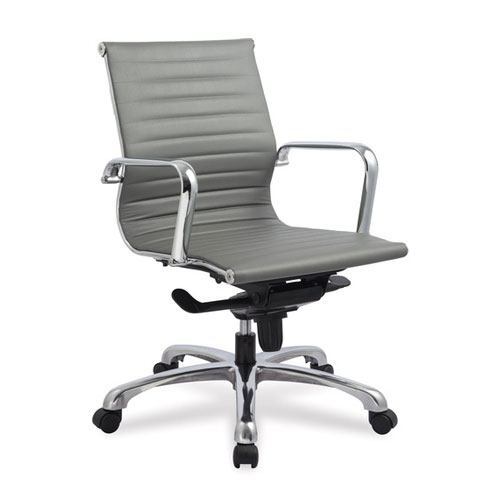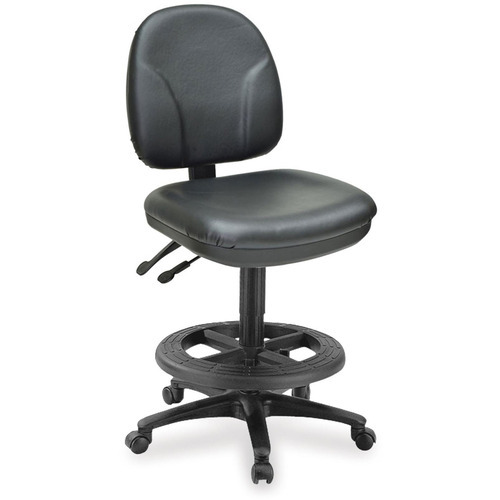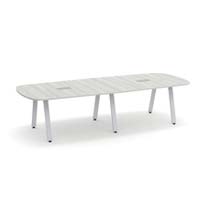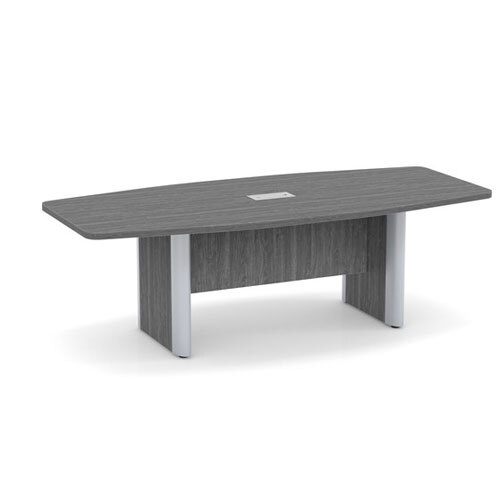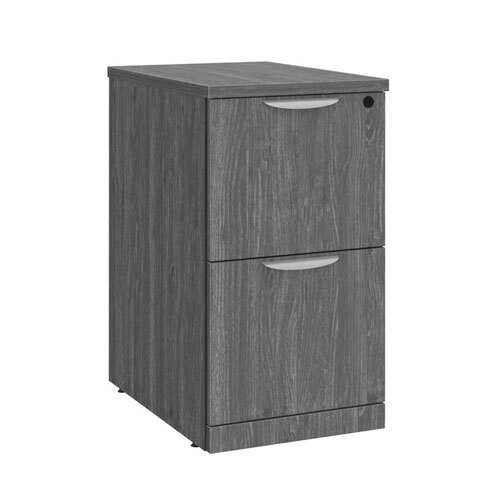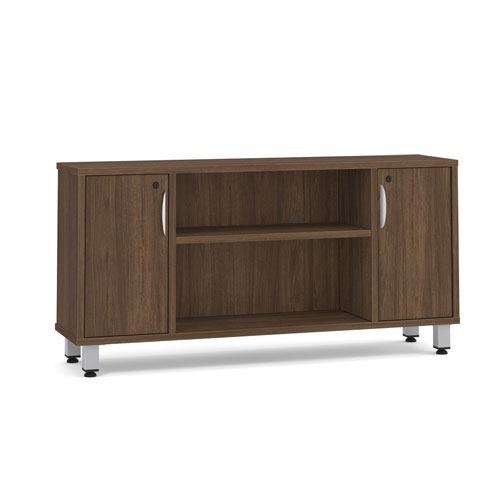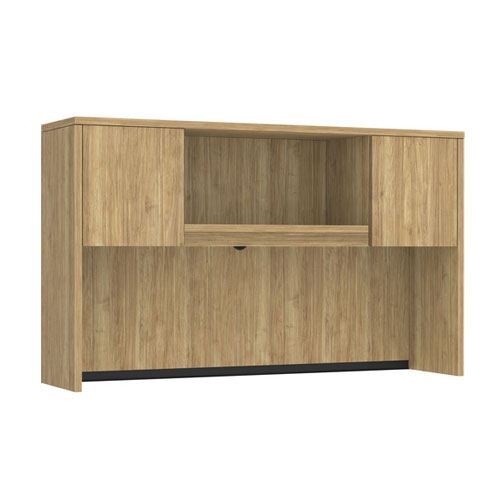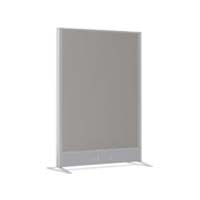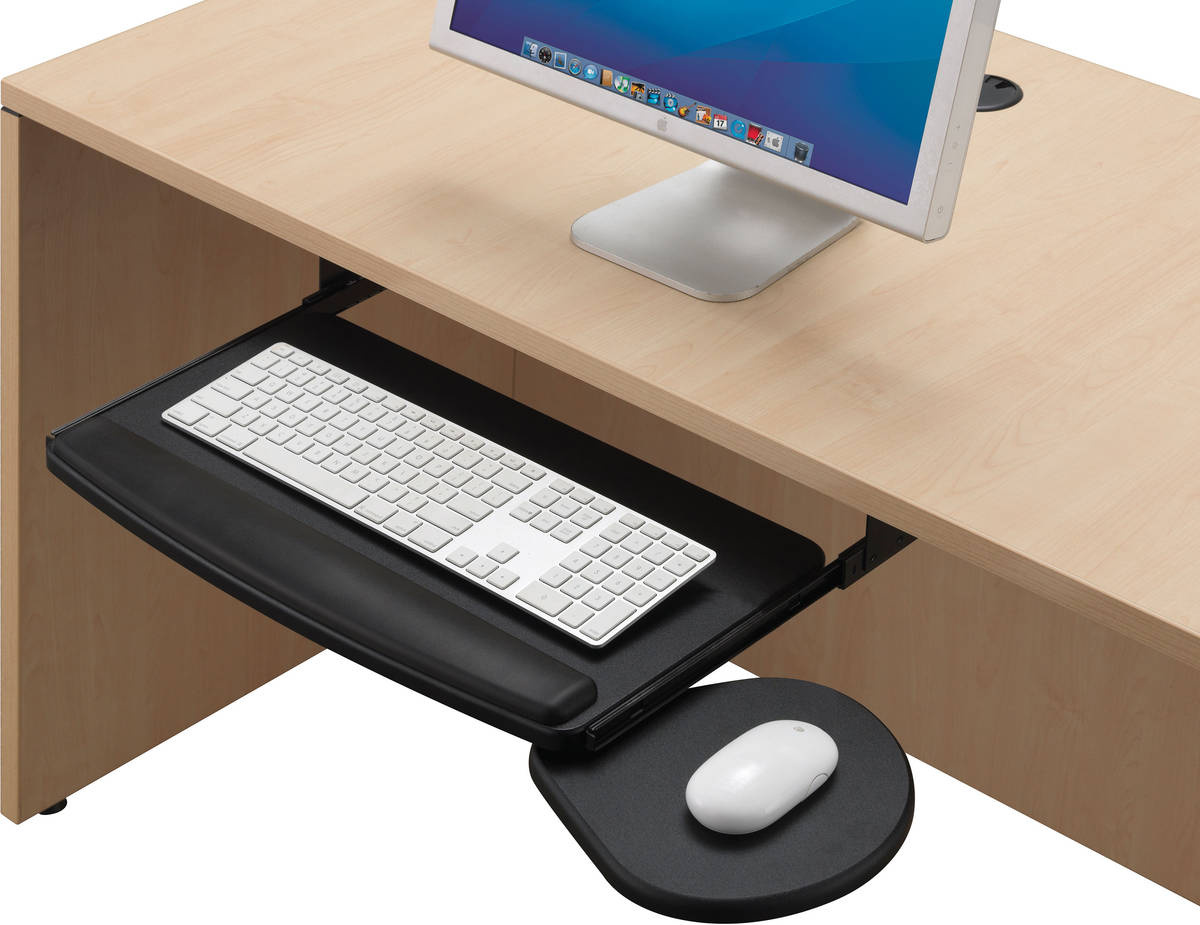Boardroom Chairs
Shop All Boardroom Chairs
Nova Mid Back Chair Without Arms - Black
p/n: 22821BLACKU164
Saratoga Executive Mid Back Chair
p/n: 88821ALBLK1AA8/VA8
Sleek comfort and sophisticated style are the name of the game when it comes to boardroom chairs. Whether your boardroom is modern or traditionally-styled, our boardroom chairs keep your team focused and looking as sharp as their ideas.
Why Choose Source Office Furniture
At Source, we know that boardroom chairs play an important role in meetings. That's why we've carefully selected our collection of boardroom chairs to provide quality and comfort that supports your team as they collaborate.











